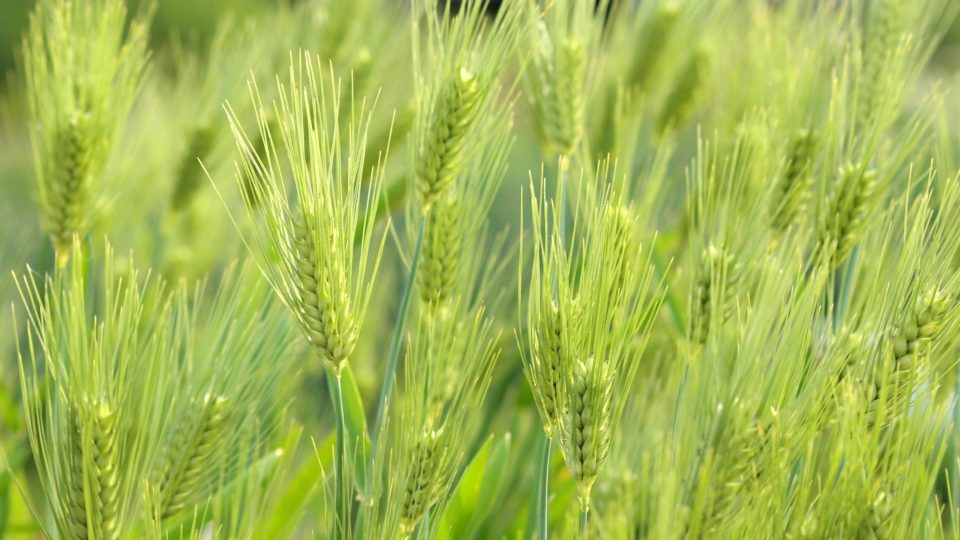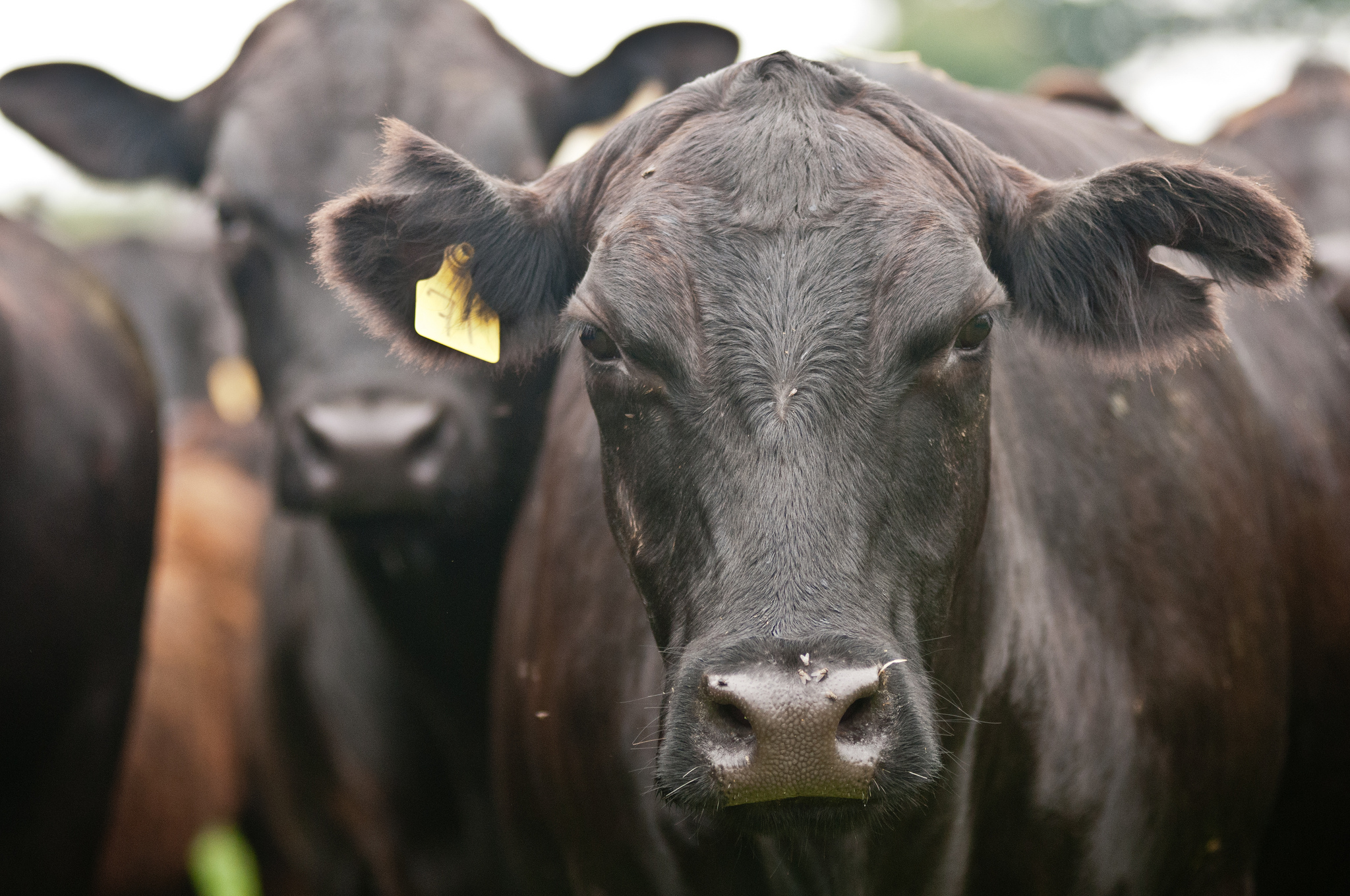Ending hunger isn’t a question of producing enough food. Globally, enough food is produced to feed all 7.7 billion people on the planet. But despite this, approximately 1 in 9 people go hungry. Conflict, natural disasters, and extreme poverty are some of the main drivers of global hunger.
Climate change is another. The more frequent and intense extreme weather events increase food insecurity and malnutrition by destroying land, livestock, crops, and food supplies. Climate change makes growing crops harder every year, especially for those who lack the tools and technology to adapt.
But the challenge of reducing hunger and malnutrition is to not only produce foods that provide enough calories, but to also produce foods that make enough necessary nutrients widely available. According to new research, climate change is projected to significantly reduce the availability of critical nutrients such as protein, iron, and zinc over the next 30 years. The total impact of climate change could reduce global per capita nutrient availability of protein, iron, and zinc by 19.5%, 14.4%, and 14.6%, respectively.
While higher levels of carbon dioxide can boost growth in plants, wheat, rice, corn, barley, potatoes, soybeans, and vegetables are all projected to suffer nutrient losses of about 3% on average by 2050 due to the elevated CO2 levels.
The study, which was co-authored by an international group of researchers and published in the peer-reviewed journal, Lancet Planetary Health, represents the most comprehensive synthesis of the impacts of climate change on the availability of nutrients in the global food supply to date.
Climate change is complicating the quest to end global hunger and malnutrition.
**********
Web Links
Rising CO2, climate change projected to reduce availability of nutrients worldwide
Photo, posted April 30, 2015, courtesy of Flickr.
Earth Wise is a production of WAMC Northeast Public Radio.











